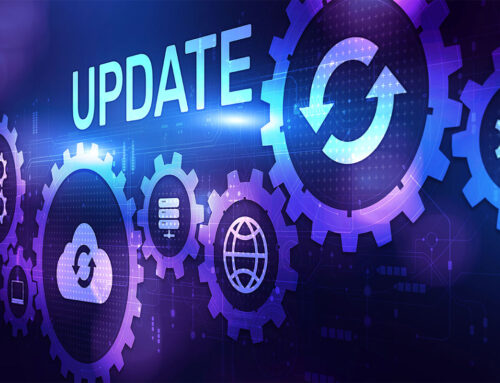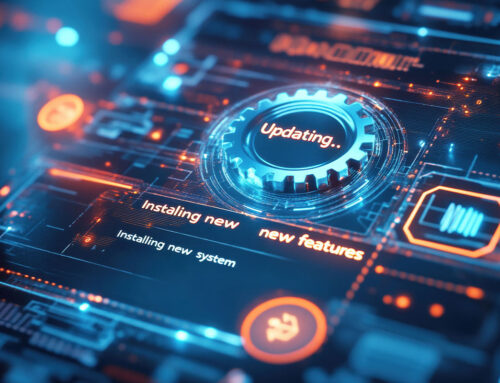As digital transformation continues to accelerate and shape the business landscape, companies are looking for ways to compete while protecting their most valuable assets, including their data. Many want to know what exactly is trending and what solutions are available to help them manage their top tech priorities with an eye on employee satisfaction and the bottom line. Given the now-permanent shift to hybrid and remote work models, unified endpoint management (UEM) appears to be cemented in as part of a successful, future-proof enterprise mobility strategy.
According to Forrester Research’s 2022 Business Technographics Infrastructure Hardware Survey, 28 percent of infrastructure hardware technology decision makers will be investing in UEM over the next 12 months.
“This is in line with previous years, so we continue to see stable growth in the UEM market,” says Andrew Hewitt, senior analyst at Forrester. “However, most organizations today have a UEM solution in place. Most of the deals today are not net-new, but rather replacements of older endpoint management investments.”
The trend
So what are companies doing to stand out in the sea of UEM sameness? In addition to integration with endpoint analytics and endpoint security tools, businesses are building proactive and resilient defenses against better-skilled adversaries. And those marrying UEM with solutions with a greater focus on intelligence and automation to drive operational efficiency and improve digital employee experience (DEX) appear to be gaining the upper hand.
Also known as end-user experience management (EUEM) or digital employee experience management (DEEM) tools, DEX software measures, analyzes and evaluates employee satisfaction with workplace technology, providing companies with guidance for improvements.
Last year, Tech Orchard partnered with ControlUp to help clients address this rapidly elevating priority. It bolts onto leading unified endpoint management tools such as VMware Workspace ONE and Microsoft Endpoint Manager to monitor performance, availability and productivity metrics, ultimately delivering actionable insights that allow IT teams to proactively fix and prevent issues. By driving visibility, benchmarking and remediation use cases, DEX tools in partnership with leading UEM platforms can help IT administrators to improve experience on the endpoint while reducing costs through automation.
The takeaway
Although the industry continues to see increased adoption of UEM and modern management, businesses can benefit by looking to a trusted partner with deep expertise to seamlessly transition from traditional approaches, particularly if the organization requires a high level of tech complexity and/or more rigid policies and processes.
Enterprises should avoid waiting for the “perfect” UEM tool, because no solution is perfect. Rather, they should choose a UEM tool that addresses most requirements and look to fill gaps with complementary tools, including those that embrace DEX capabilities, to incorporate the key components of a comprehensive enterprise mobility strategy more successfully. Email sales@techorchard.com for help evaluating the tools, policies and procedures right for your business.





